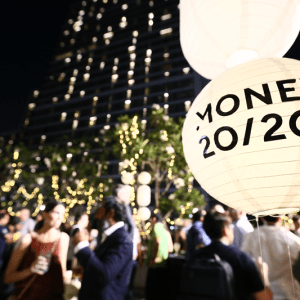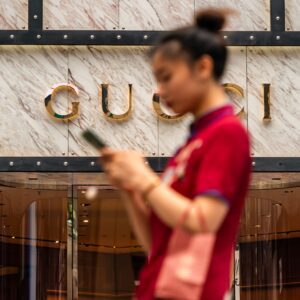Since a version of this article was originally posted, we’ve seen even more evidence of mainstream adoption of QR codes for payment. For example, Fiserv has teamed up with PayPal and Venmo to introduce QR codes for payments at the checkout process. And if you use Google Chrome browser, you may have noticed the ability to create a QR code from a page has recently, and quietly, appeared. Momentum feeds itself, and we expect to see more rapid adoption as some impacts of COVID life persist.
In 2017, Wired magazine ran a piece called The Curious Comeback of the Dreaded QR Code. With that catchy headline, and a little help via Snapchat, it made the strong case that the time for QR codes had arrived.
It hadn’t, really.
Like many tech stories, it applied only to a subset of techies. In the US, QR codes were a legacy of the past, and NFC was the future. QR codes were low tech and vulnerable to security issues, whereas contactless payments via NFC were clearly on the rise.
Outside of the US, however, a different story emerged, with one source noting that in China, $5.16 trillion worth of transactions happened via QR codes in 2016. That’s… a lot. And a far different story from the US, where payment behavior tends to be entrenched. After all, merchants just want to sell stuff, not steer customers to pay a particular way.
Then came COVID.
Fear is a powerful motivator, and COVID dramatically affected both merchants and consumers: merchants fearing the devastation of business, and consumers fearing getting sick. A contactless payments capability was one clear solution to reduce both fears. Cardholders quickly learned that those tap-and-pay cards the bank had sent them recently meant that they no longer had to keep jamming them into chip readers. They could keep using the same cards, but in a contactless fashion.
But that is NFC, not QR codes.
Here is where restaurants play a role. If you wish to minimize surface contact, you probably don’t want to handle a menu. The answer? Provide a QR code at the table that diners scan to see the menu. Voilà. Contactless ordering. And in some cases, payments, too.
Now that you’ve made the leap to using a smartphone for the entire ordering and transacting experience at physical merchants, you’ve truly started to change habits.
Tech companies now see greater value in QR adoption for the US market. Android and iOS phones have long been able to read QR codes, though the implementation has been a bit clunky, and the payment angle has only recently arrived. PayPal turned on QR codes earlier this year (and has signed up some big merchants), Apple is rumored to be researching it (with enhanced security), and Google is doing the Google thing by experimenting with several capabilities in this space.
What does this all mean? Here’s our summary:
- COVID has accelerated mobile device usage for contactless point-of-sale transactions
- QR codes will be a much larger part of such transactions than payment geeks would have believed in 2019
- With different QR code standards, there will be much competition for real estate at the physical point of sale
- Payments will continue to get simpler for consumers but more complicated behind the scenes
The last chapter in the COVID story has not yet been written, but its impact on consumer behavior will likely last much longer.




